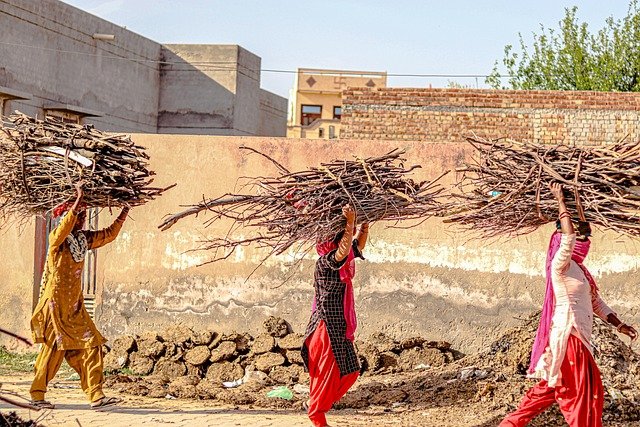Remote work's impact on family ties and local engagement
Remote work has reshaped daily patterns for households worldwide, altering where people live, how they share care responsibilities, and how they connect with neighbors and civic institutions. These shifts affect migration flows, remittance patterns, informal local economies, and the capacity of communities to respond to social and environmental stresses.

How does migration change with remote work?
Remote work changes the calculus that drives migration. The need to relocate for a job is reduced for many, enabling some workers to return to smaller towns or rural areas while retaining urban salaries. This can slow traditional urbanward migration in some regions, while in others it prompts circular or seasonal moves as people combine work flexibility with family or lifestyle choices. Political and economic contexts still strongly shape these patterns, so outcomes vary across countries and income groups.
What happens to remittances and household finances?
Remittances have long been a stabilising income for households in many sending communities. When remote work enables migrants to spend more time at home, remittance volumes and frequency can shift: some workers remit less if costs of living fall, while others maintain or increase transfers if remote arrangements secure higher earnings. Household budgets also adapt as commuting and housing costs change. Informal income strategies and diversified household livelihoods remain important safety nets in many settings.
How does caregiving adapt to remote arrangements?
Caregiving responsibilities—childcare, elder care, and informal health support—intersect closely with remote work. Flexible schedules can allow family members to share caregiving tasks more equitably, but they can also blur boundaries between paid work and unpaid care, increasing time pressure for some caregivers. Gender norms matter: in many places, women continue to shoulder disproportionate unpaid care, so remote work may lessen commuting burdens but not automatically redistribute care duties.
Does urbanization slow or transform because of remote work?
Remote work does not reverse urbanization wholesale, but it can reshape city-region dynamics. Some workers relocate to suburbs, smaller cities, or rural areas, changing demand for housing, local services, and transport. Cities may see shifts in daytime population and local commerce, while smaller places could experience new investments and rising housing costs. Long-term urban trends depend on housing markets, infrastructure, digital connectivity, and policy decisions that influence where firms and workers cluster.
What are the implications for aging populations and households?
Aging households face both opportunities and risks with expanded remote work. Older adults may benefit from family members being physically closer, improving access to informal support. Conversely, if remote work encourages younger adults to move away to different regions, elders can face isolation and reduced care availability. Digital inclusion is crucial: older people need access to internet tools and services to benefit from remote-enabled family ties and local engagement.
What role do digital platforms, volunteering, and civic engagement play?
Digital platforms are central to remote work and can also support new forms of local engagement. Platforms enable volunteer coordination, civic engagement campaigns, and peer-to-peer support networks that strengthen community resilience. However, reliance on digital tools can exclude those with limited connectivity or digital skills and may not substitute for in-person relationships. Volunteering patterns can shift as time-use changes, with some people contributing more locally and others engaging online across wider geographies.
Conclusion
Remote work influences family ties and local engagement through multiple, sometimes contradictory mechanisms: it can reconnect workers with home communities and ease some care burdens while also creating new pressures on households and local economies. Outcomes depend on access to digital infrastructure, policy responses, social norms around care, and the economic context in which households and communities operate. Understanding these dynamics requires attention to variation across places, income groups, and life stages to support resilient households and inclusive local engagement.





